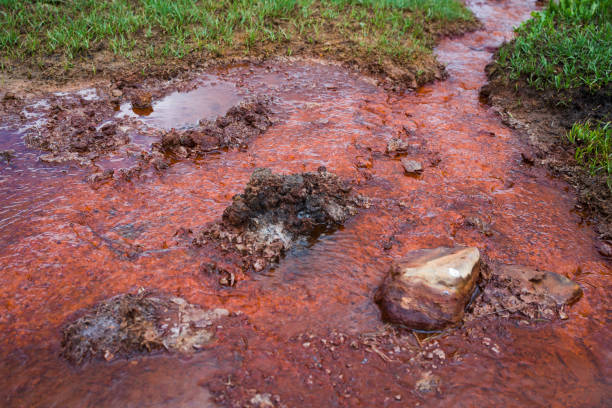Introduction.

Iron and manganese are normal impurities found in water sources, frequently causing issues like staining, undesirable preferences, and potential wellbeing chances. It's essential to eliminate these components to guarantee protected and clean water for different applications. Luckily, there are a few strategies accessible for really eliminating iron and manganese from water sources.
1. Oxidation Filtration:
Process: This strategy includes oxidizing the iron and manganese into strong particles, which are then sifted through.
Mechanism: Oxidizing specialists like chlorine, ozone, or potassium permanganate are in many cases used to change over the dissolvable types of iron and manganese into insoluble structures.
Benefits:
Compelling for eliminating both iron and manganese, generally easy to carry out, and can be utilized for both huge and limited scope applications.
2. Particle Exchange:
Process: This strategy includes going water through a gum bed containing interchangeable particles, like sodium or potassium.
Mechanism: The gum trades its particles with the iron and manganese particles in the water, successfully eliminating them.
Benefits: Profoundly viable for eliminating both iron and manganese, particularly in low fixations, and can likewise eliminate different pollutants like hardness particles.
3. Organic Filtration:
Process: This strategy uses normally happening microbes that can oxidize and accelerate iron and manganese.
Mechanism: The microbes, frequently alluded to as press or manganese microorganisms, structure biofilms on channel media, where they work with the oxidation and precipitation of these components.
Benefits: Harmless to the ecosystem, doesn't need synthetics, and can be powerful for ceaseless treatment of water with low to direct press and manganese levels.

4. Greensand Filtration:
Process: This strategy includes going water through a channel bed of greensand, which is covered with manganese oxide.
Mechanism: The manganese oxide on the greensand goes about as an impetus for the oxidation of solvent iron and manganese, which are then caught in the channel bed.
Benefits: Compelling for eliminating both iron and manganese, somewhat easy to work, and can be recovered with potassium permanganate.
5. Air circulation followed by Filtration:
Process: This strategy includes circulating air through the water to change over dissolvable iron and manganese into insoluble structures, which are then taken out by filtration.
Mechanism: Air circulation advances the oxidation of iron and manganese, which can then be handily sifted through.
Benefits: Air circulation is a straightforward and practical technique, particularly for treating water with low centralizations of iron and manganese.
6. Substance Precipitation:
Process: This strategy includes adding synthetic substances like lime or scathing soft drink to raise the pH of the water, making iron and manganese accelerate out.
Mechanism: The expanded pH causes the arrangement of insoluble hydroxides of iron and manganese, which can then be sifted through.
Benefits: Successful for treating high groupings of iron and manganese, moderately easy to execute, and can be utilized related to different strategies.

Conclusion
Taking everything into account, the expulsion of iron and manganese from water is fundamental to guarantee protected and clean water for different applications. There are a few powerful strategies accessible, including oxidation filtration, particle trade, organic filtration, greensand filtration, air circulation followed by filtration, and synthetic precipitation. The decision of technique relies upon the grouping of iron and manganese, as well as different factors like expense, straightforwardness, and natural contemplations.



You must be logged in to post a comment.